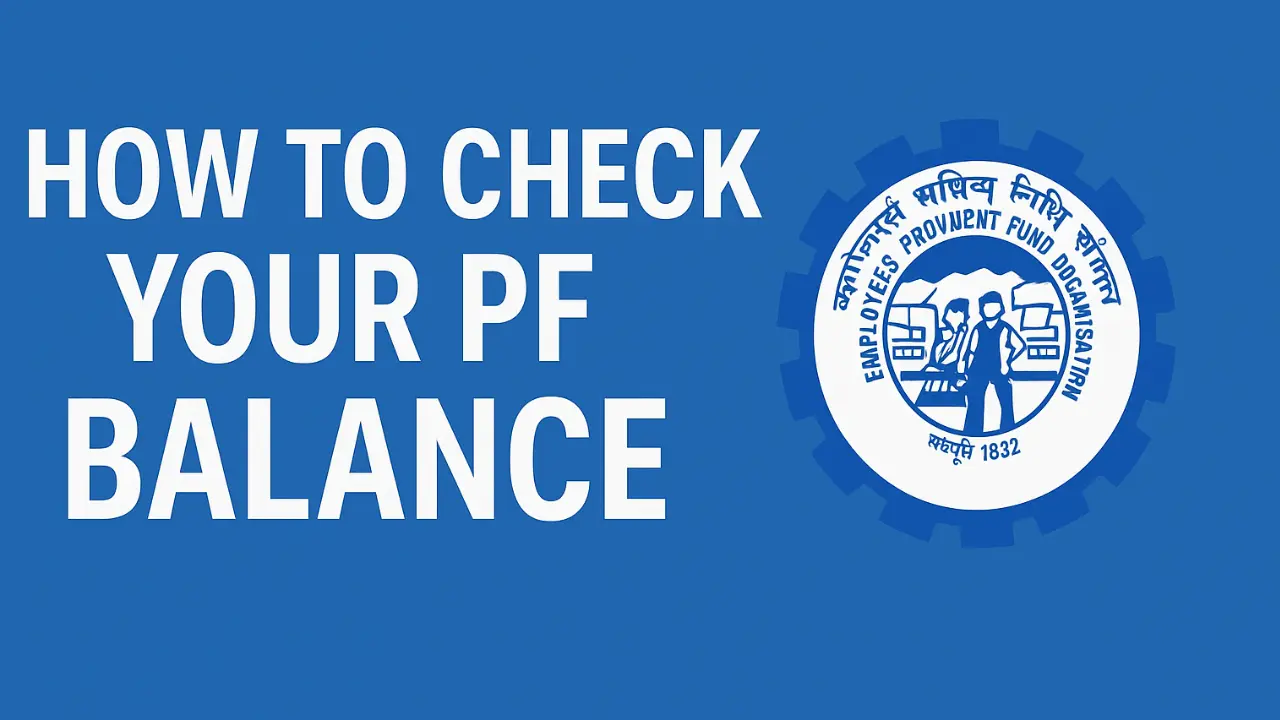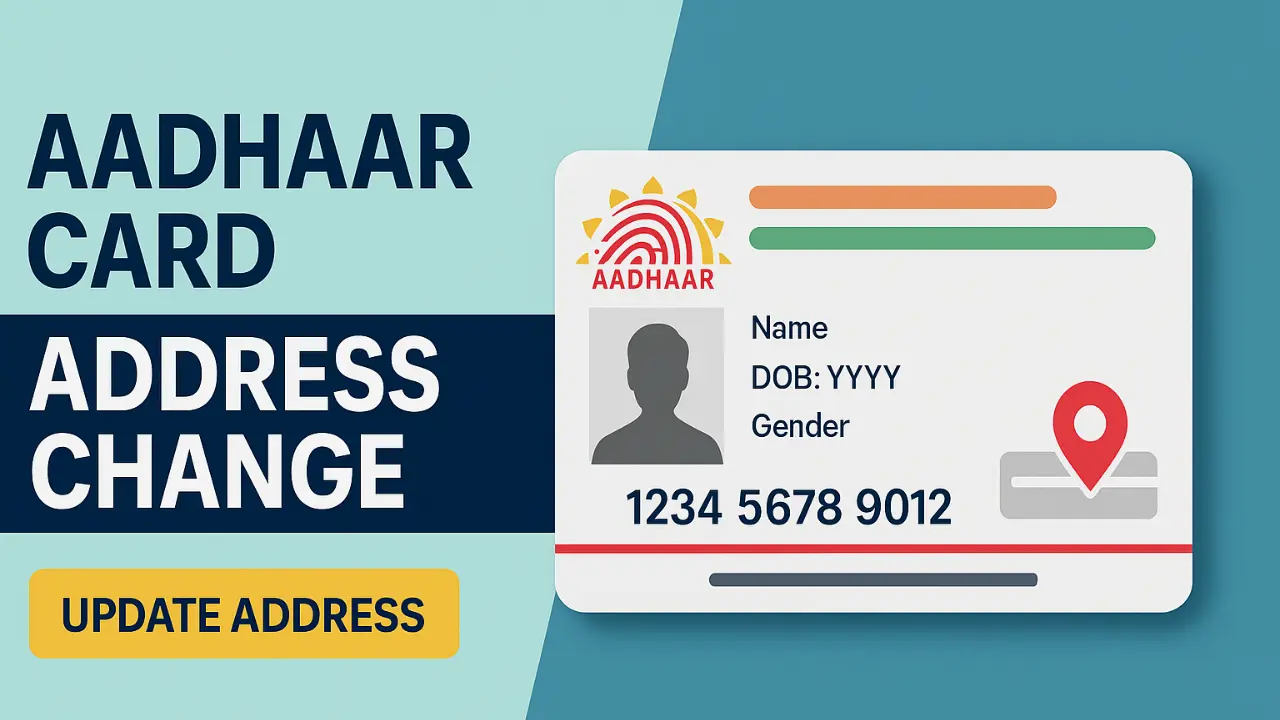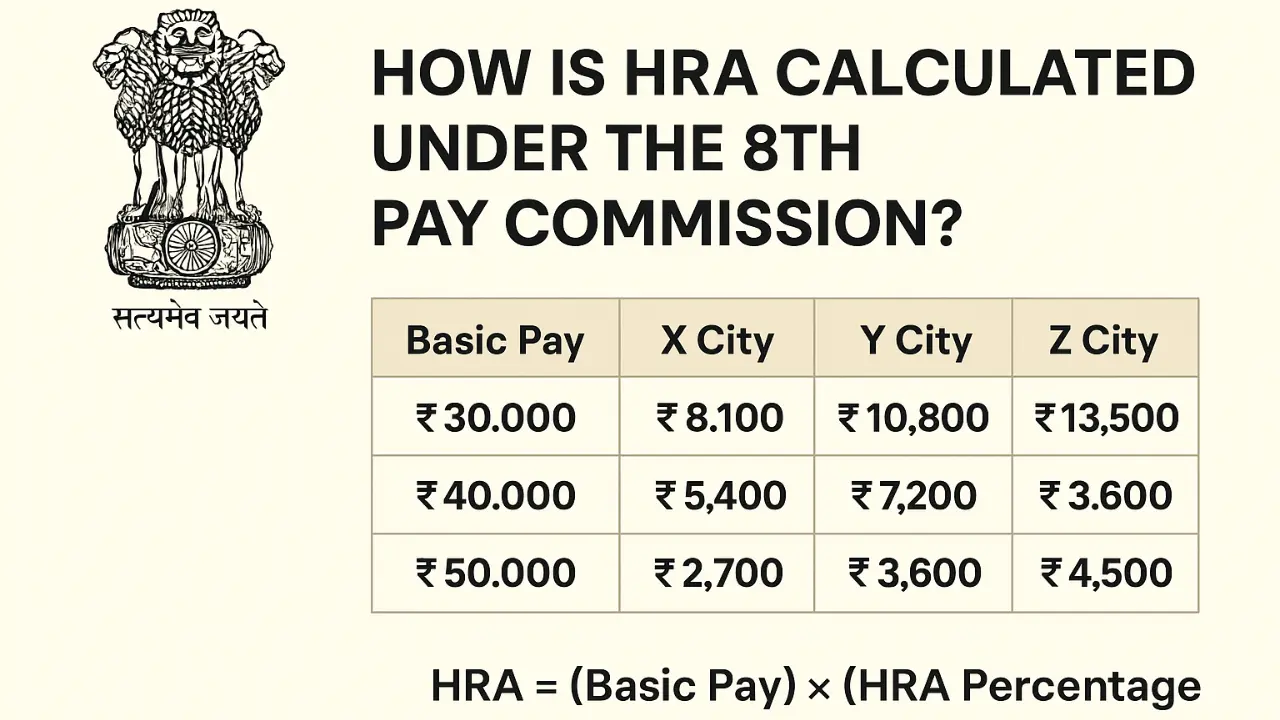Are You Eligible for a Gratuity? | Gratuity Eligibility Criteria
If you are about to resign or retire, one typical question that arises in your mind is: Are you eligible for gratuity and how do you calculate it? Understanding Gratuity Calculate rules in India is a must because it’s a lump sum amount that you get as a return for your long-term dedication to an organization. Gratuity is not only a statutory right but also a means of financial security. In this article, we’ll describe who is entitled to gratuity, how it is calculated, when it is given, and what recent developments you need to be aware of.
What Is Gratuity and Why Is It Paid?
Gratuity is a financial benefit given by an employer to an employee as a gesture of appreciation for his continuous service. It is regulated by the Payment of Gratuity Act, 1972. Gratuity is payable when an employee resigns from the company after providing continuous service for a minimum period of five years—whether due to resignation, retirement, death, or disablement.
Key Highlights:
Gratuity is exempted from tax up to ₹20 lakhs in private sector (as per prevailing laws).
It’s a lump sum payment and not subtracted from your take-home monthly salary.
Employers with 10 or more employees are required to give gratuity.
Minimum period of service is 5 years, but exceptions are in case of death or disability.
Who Is Eligible for Gratuity in India?
Understanding if you’re Eligible for Gratuity is important before calculating it. Here are the basic conditions:
Eligibility Criteria:
The employee must be on the company payroll (not contractual or freelance).
Should have completed at least 5 years of continuous service with the same employer.
Gratuity is also payable in case of retirement, resignation, death, or permanent disability.
Exceptions:
In the event of death or accidental disablement, the 5-year rule is exempted, and gratuity is payable irrespective of the years of service.
How to Calculate Gratuity in India?
The most frequent query asked by people is: How to Gratuity Calculate the correct way? There are two major formulas used based on whether your employer falls under the Payment of Gratuity Act or not.
For Employees Covered Under the Act:
Gratuity = (Last drawn salary × 15 × Number of completed years of service) ÷ 26
Note: Salary here includes basic pay and dearness allowance.
For Employees Not Covered Under the Act:
Gratuity = (Last drawn salary × 15 × Number of completed years of service) ÷ 30
To make this simpler, let’s look at a table.
Gratuity Calculation Table
| Years of Service | Last Drawn Salary (₹) | Gratuity Amount (₹) |
|---|---|---|
| 5 | 30,000 | 86,538 |
| 10 | 40,000 | 2,30,769 |
| 15 | 50,000 | 4,32,692 |
| 20 | 60,000 | 6,92,308 |
Note: This table uses the formula for employees covered under the Act. Actual payout may differ based on your employer’s policy.
What Is Included in Last Drawn Salary?
For Gratuity Calculate, “last drawn salary” generally means:
Basic salary
Dearness allowance (DA)
Commission, if received on fixed percentage of sales
Allowances such as HRA, bonus, overtime, etc., are excluded in gratuity calculation.
How Is the Number of Years Calculated?
Gratuity is paid for every year of service completed. If you have served for over 6 months in the previous year, it is rounded up to the next year.
Example:
7 years 7 months → treated as 8 years
7 years 4 months → treated as 7 years
Latest Update: Gratuity Limit Increased for Private Employees
In a big relief to private sector employees, the government has recently moved a proposal to raise the tax-free gratuity ceiling from ₹10 lakhs to ₹20 lakhs. This move will bring private employees on par with central government personnel, who were already benefited by the ₹20 lakh exemption after the 7th Pay Commission implementation.
What if the Employer Does Not Pay Gratuity?
If you’re Eligible for Gratuity but your employer is unwilling to pay, you may approach the Labour Commissioner and file a complaint. The claim should be lodged within 90 days of gratuity becoming due. Employers who withhold gratuity may face penalties in the form of interest and fines.
When Is Gratuity Paid and How?
Gratuity should be paid within 30 days of becoming payable. Lapsing beyond this time attracts interest payments. It is usually credited through cheque or bank transfer.
Taxation of Gratuity
Gratuity paid to an employee is exempt from tax up to ₹20 lakh throughout his or her lifetime. Any excess amount will attract tax under ‘Income from Salary’.
Tax-Free Gratuity Limits:
| Category | Tax-Free Limit |
|---|---|
| Government Employees | Fully Exempt |
| Private Sector (Act) | ₹20 lakhs |
| Others | Based on actual received or ₹20 lakhs, whichever is less |
How to Apply for Gratuity?
To claim gratuity, an employee must:
- Write an application to the employer within 30 days of leaving.
- Employer should respond within 15 days with payment details.
- If there’s a dispute, reach out to the Controlling Authority under the Gratuity Act.
Benefits of Gratuity for Employees
- Provides a financial cushion after retirement or resignation
- Encourages employee loyalty
- Tax-free benefit up to a limit
- Can be a critical part of retirement planning
Real-Life Example for Better Understanding
Let’s say you worked for 12 years in a company and your last drawn monthly salary (basic + DA) is ₹45,000.
Gratuity = (₹45,000 × 15 × 12) ÷ 26 = ₹3,11,538
This is the amount you’ll receive as gratuity, subject to tax exemptions and company policies.
Common Myths About Gratuity
- Myth: You can receive gratuity even if you worked for 3 years.
- Fact: Minimum 5 years of service is required (except in case of death or disability).
- Myth: Gratuity is deducted from your salary.
- Fact: Employers fund gratuity separately; it’s not deducted monthly.
- Myth: Freelancers or consultants are eligible.
- Fact: Only full-time salaried employees qualify under the Act.
Tips to Ensure You Get Your Gratuity
- Mark down your joining date and resignation/retirement date.
- Keep salary vouchers indicating basic + DA.
- Obtain written intimation from HR regarding gratuity policy.
- If not sure, make a rough estimate using online Gratuity Calculate tools.
Final Thoughts
Gratuity is your well-deserved compensation for long years of hard work and dedication. Whether you are Eligible for Gratuity or are planning for the future, understanding the rules, calculations, and latest changes can assist you in making intelligent choices. Always check your company’s policy and do not shy away from taking what you are lawfully entitled to. It’s not an end payment—it’s your legacy payout.
FAQs
Q1. Is it compulsory to serve 5 years to become eligible for gratuity?
Yes, generally 5 years of continuous service is needed. But in the event of death or disability, gratuity is payable even if 5 years are not served.
Q2. How do I determine my gratuity amount?
Apply the formula: (Last drawn salary × 15 × Number of years of service) ÷ 26. You may also use online calculators.
Q3. Can my employer refuse gratuity?
No, if you’re eligible, gratuity is a legal right. Denial on grounds other than valid reasons can be legally challenged.
Q4. Is gratuity taxed?
Gratuity up to ₹20 lakhs is exempt in India. Any amount above this is taxable under income from salary.
Q5. Can I receive gratuity if I change jobs before 5 years?
No, unless your service in both companies is aggregated through a transfer or merger accepted by law.
Catch today’s top stories and trending updates across News, Entertainment, Business, and Sports. Dive into expert Finance insights, market trends, and smart investment tips in our Finance hub.


















Leave a Reply